June 29, 2017 report
Single-celled eukaryote fossil with evidence of mineralizing found in Yukon
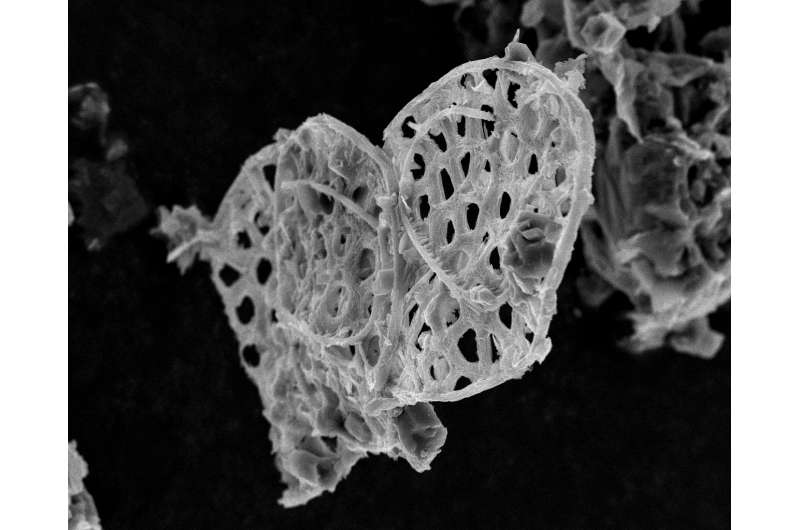
(Phys.org)—A team of researchers affiliated with several institutions in the U.S. has found an example of a single-celled eukaryote fossil with evidence of mineralizing in Yukon territory, Canada. In their paper published on the open access site Science Advances, the group describes how they found the sample and what was revealed by studying it using high-resolution transmission electron microscopy.
Eukaryotic cells are considered by scientists to be the first complex organisms—they have a nucleus and organelles and exist in all living things today except for archaea and bacteria. Prior research has suggested they first appeared on Earth over 2.5 billion years ago. In this new effort, the researchers report finding a eukaryote fossil dating back approximately 810 million years—one that had evidence of mineralizing.
Mineralizing in organisms is a process by which minerals are incorporated into the body in a useful way—such as to make tissue harder or more resilient, or to create extremely hard parts such as teeth or bone. But as the researchers note, despite its importance as an advancement in organisms, few early examples have been found—that is what makes this new discovery in the Yukon so important.
The eukaryote fossil was found in a rock formation in the Ogilvie Mountains in the Yukon and was part of a group of rocks, mud, slate and limestone the team brought back to the lab for study. After it was identified, the tiny fossil was examined under a microscope. The researchers report being able to clearly identify long and thin mineralized fibers. Such shapes, the team reports, rule out a geological origin.
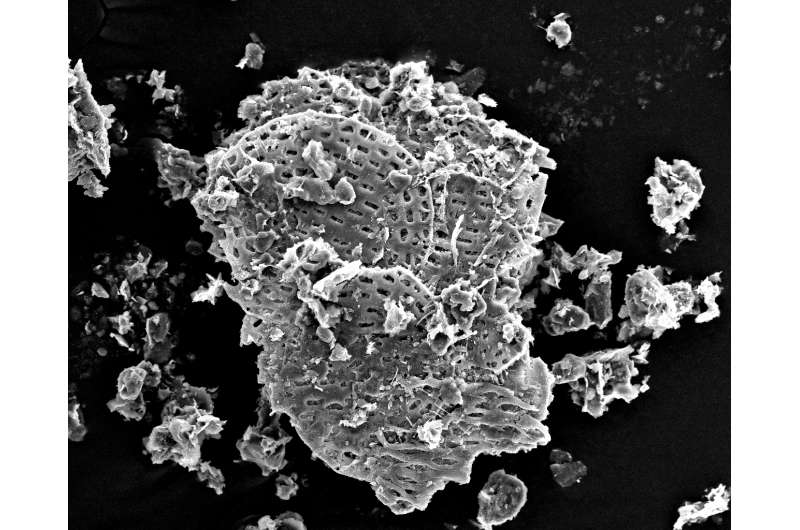
The eukaryote was from the Neoproterozoic Era, when what is now the Yukon would have been covered by an ocean. The researchers believe that seawater in the area likely contained dissolved calcium phosphate (due to ongoing geographical changes), which the tiny organisms absorbed and used to create hardened body parts—one of the first organisms to exhibit biomineralization.
The find should help in better understanding the evolution of mineralization in organisms by offering the earliest example of it ever found.
-
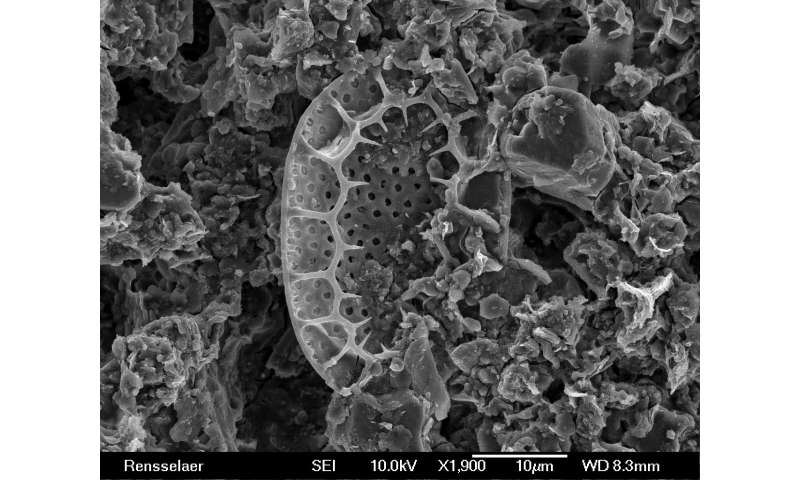
Scanning electron microscope image of a biomineralized ASM fossil from Mount Slipper. Fossils are found by dissolving carbonate rocks from Mount Slipper in weak acid. These structures likely acted as armor, with many plates of the same type surrounding a single cell. Credit: Phoebe A. Cohen -
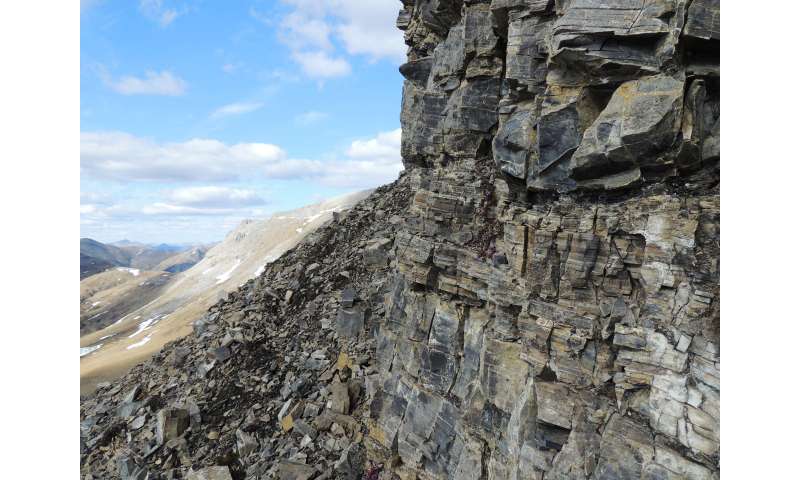
Close up of carbonate rocks from Mount Slipper that contain biomineralized ASM fossils. Credit: Phoebe A. Cohen -
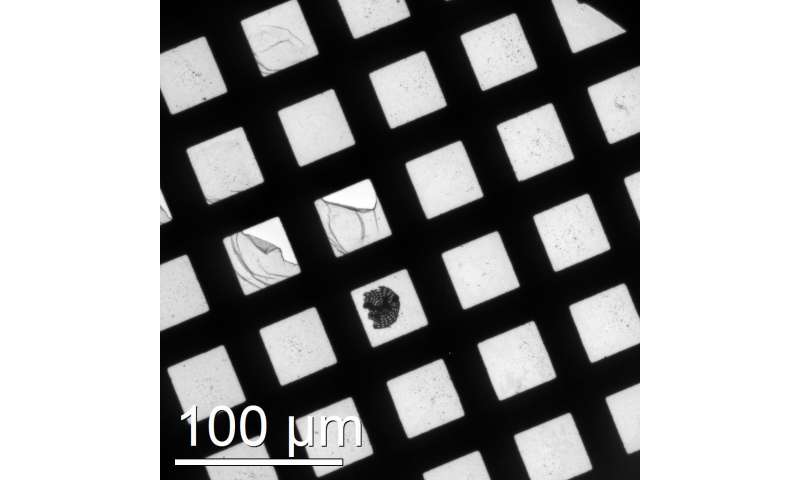
Individual ASM fossil picked from dissolved rock material and placed onto a tiny copper grid to be analyzed under a transmitting electron microscope (TEM). Lead author Cohen picked this fossil at Williams College using a thin needle and then traveled with it in her hand luggage to Oxford University for analysis. Results from the TEM shows that it is made of an unaltered calcium phosphate mineral. Credit: Nicholas Tosca
Journal information: Science Advances
© 2017 Phys.org





















